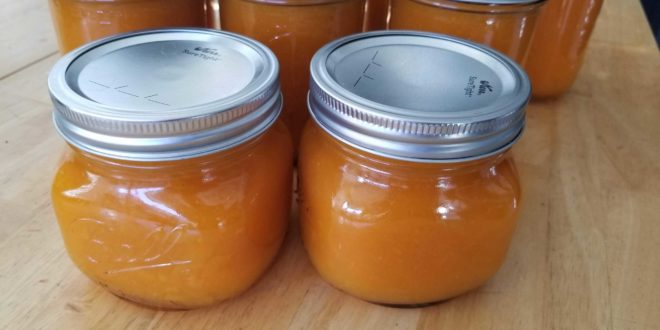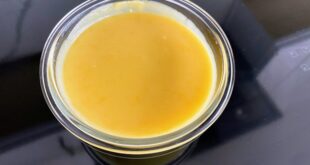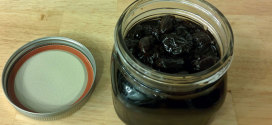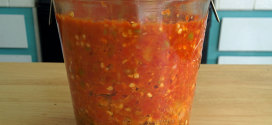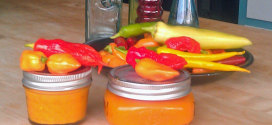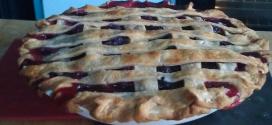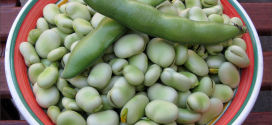Our volunteer Blenheim apricot tree produced a lot of fruit this year. Last week, at the end of our harvest, I cut down one branch and harvested over 200 fruits.
I tried giving them away on Nextdoor but there were no takers. I froze about a dozen bags of apricot halves. I didn’t want to waste the rest so decided on apricot puree. Why puree and not halves or jam?
- Pureed fruit takes up less jars than whole fruit
- Puree is just fruit and water (no added sugar). You can always add sweeteners when you use the puree in recipes.
- Disadvantages: This is a no-added-sugar recipe. The shelf life of the unopened puree will be less than preserves that have sugar. Sugar increases preservation by removing water from the contents.
A very simple recipe. Cook the apricots with some water for 10 minutes and then use an immersion blender.
- Rinse the apricots.
- Mix vinegar (either white or apple cider) with water (1 part vinegar to 8 parts water).
- Soak the apricots in the vinegar bath for 5 minutes.
- Rinse the apricots.
- Cut apricots in half; removing the pit and any undesirable parts.
Preserving using “Hot bath”
General warning: Don’t get burned! Everything is either boiling or hot (the apricots, the pots, the jars, the rings, the canning rack)
- Sterilize your jars
- Fill the canning pot ¾ full and set to boil
- Warm water in a pot or pyrex and add the metal rings
- Pour the pureed apricots into a jar to within ½ inch of top
- Wipe the top for a clean seal
- Place the wax lid on the jar
- Screw the metal ring onto the jar (hand-tight)
- Carefully place the jars in the canning rack and lower into the pot
- Boil for the required time: 20 minutes for pint-jars and 25 minutes for quart-jars
- Carefully transfer the jars to someplace to cool. I recommend either a thick towel or insulated pot-holders.
- After a while the lid will seal with an audible pop sound. Let cool for several hours.
Refrigerate after opening.
